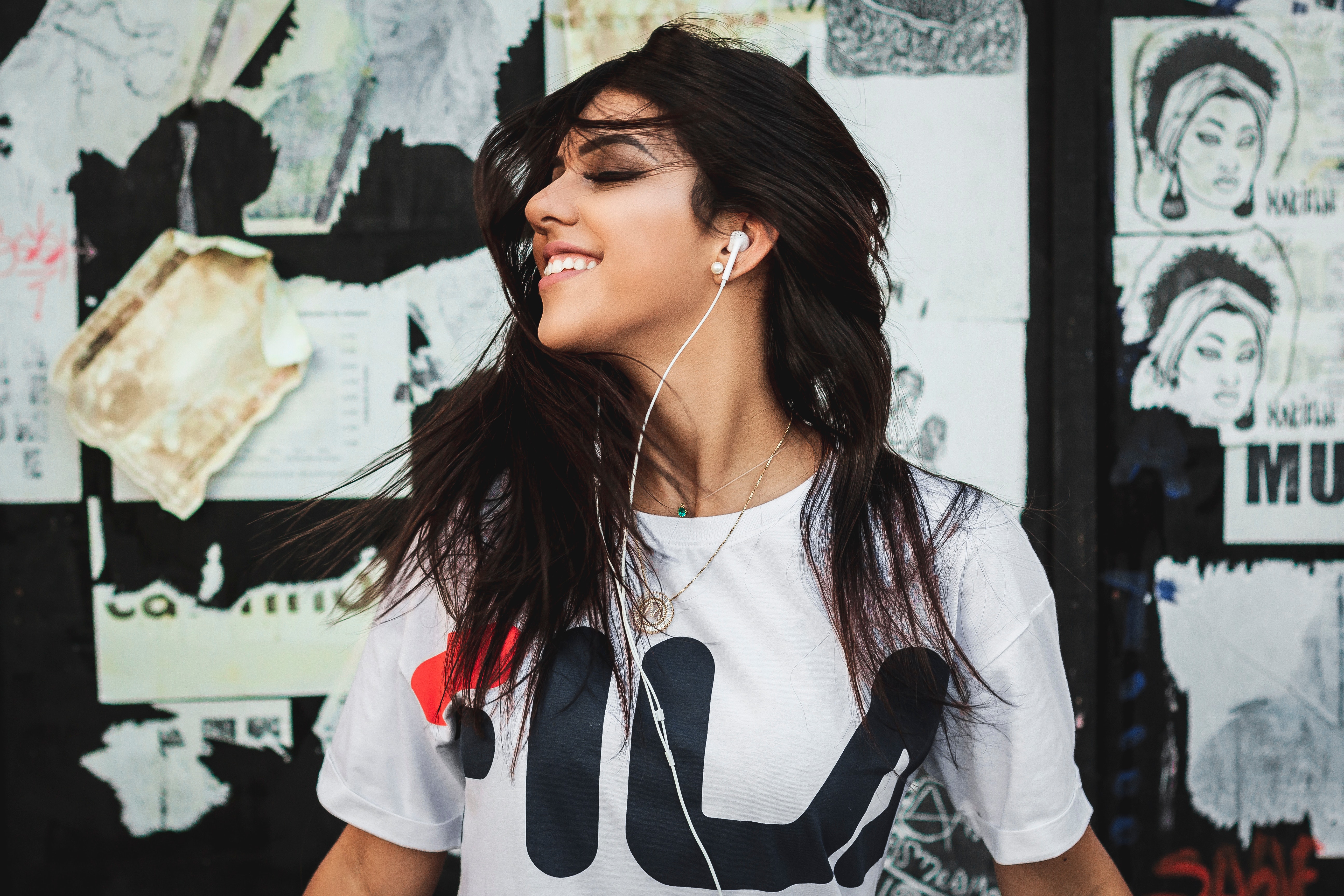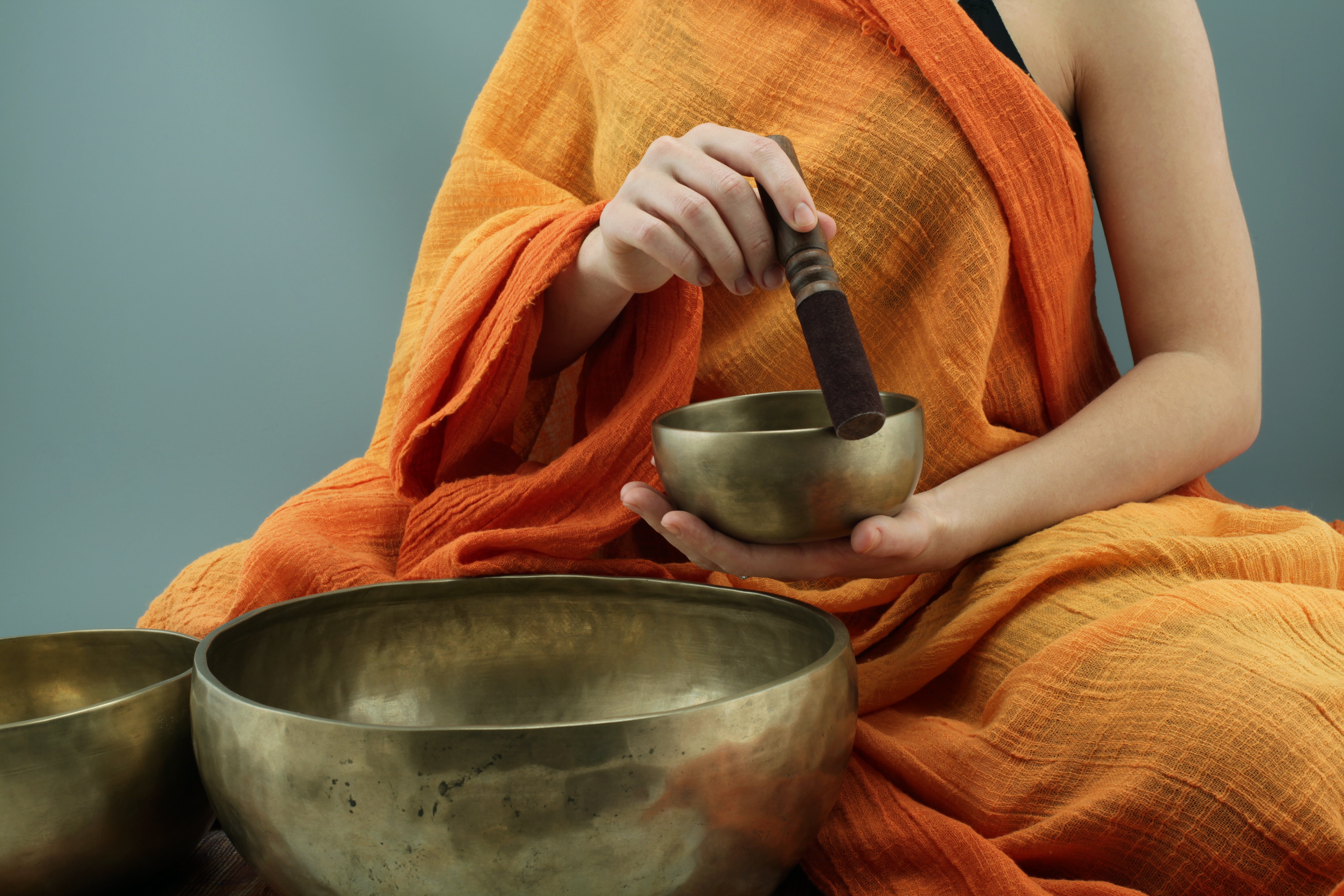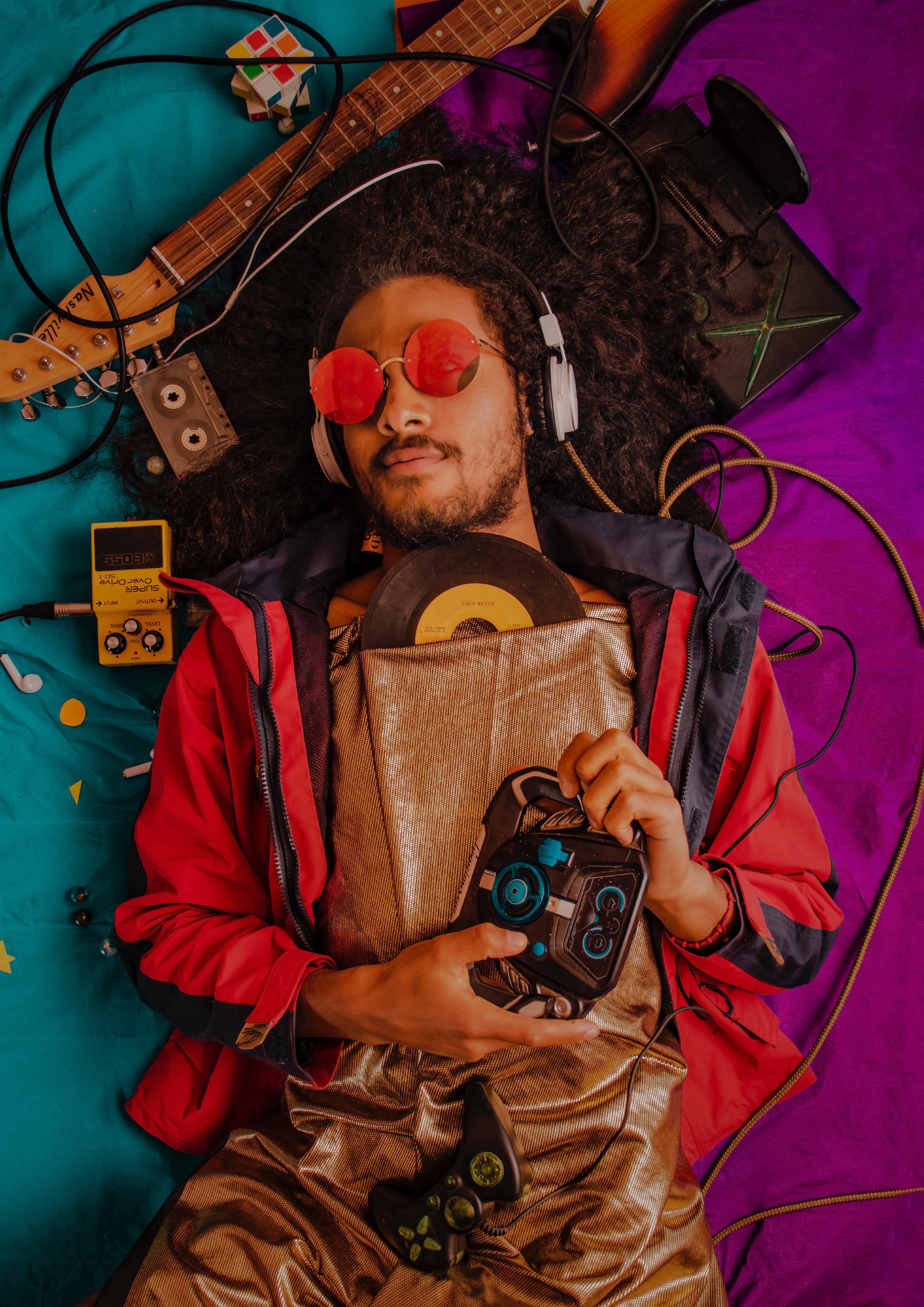“All is well.
Everything is working out for my highest good.
Out of this situation only good will come.
I am safe.”
This affirmation is from the lovely Louise Hay, maybe the greatest proponent of all time of how to always feel good, no matter the circumstance.
We are currently — and I would say typically even on a “normal” day — bombarded through news, social media and even in talks with others of concerning issues that could lead even the happiest, most optimistic person into a state of panic.
One of the best ways to control that mindset is to take back our power and filter what we let in and out of our mind and body. And we can take this a step further and control the “sound” we allow in.
Turn off the news and social media, dial back any conversations around Covid-19, even if that means bluntly saying “I don’t want to talk about Coronavirus” right now. And choose healing, health-inducing sound. What is healing, healthy sound? It can be anything that makes you feel more relaxed and happy. Let’s explore this further, including some options.

It is unarguable that listening to music, for example, has the potential to create a more relaxed or joyful state. In fact, there is a growing shift toward using music in surgical settings, during dental procedures, to manage panic attacks or PTSD or anxiety, or just for overall mental health.
The British Academy of Sound Therapy has identified that listening to 78 minutes of music daily is the optimal amount for improving mental health. In addition, there is a growing amount of research examining what frequencies, tones, beats, etc. are most impactful and for what purpose.
But sound incorporates more than a Top 40 chart or your Spotify playlist. Sound is music, and music is sound. These are one in the same. We can take a broader look at sound. Take, for example, the sound of the ocean. This is now the sound that wakes me up in the morning because of its lulling, guidance into a peaceful morning wake-up over the jarring sound of the “beep, beep, beep” of an alarm clock.
Noise Pollution
Consider the world we live in and how unpleasant much of the sound is that surrounds us. It’s not just the media or the conversations, it’s also the backfiring of a car, traffic, constant buzzing of electronics, even the whirring of a refrigerator or even the ambient music choices forced upon us — retailers use music in specific ways to influence our buying decisions, for example.
Noise pollution, as explained by an article in the New Yorker, says we may soon recognize noise pollution as an epidemic and an alarming public health issue. Studies show our loud, disruptive environments as factors of heart disease, high blood pressure, as well as affecting our sleep, mood and ability to focus, among other issues.
Choose intentionally the sound you surround yourself with on a daily basis.
Wake up to the sounds of the ocean via an app (there are actually several free apps). Take a daily morning walk and listen to the birds. As you make your morning coffee put on a favorite playlist or even a soothing Spotify themed station or YouTube videos tuned to specific frequencies. There is a belief certain frequencies provide healing and balance out energy. Specific frequencies may open up energy centers in the body, including the chakras. The Solfeggio frequencies, in particular, are an ancient 6-tone scale used in sacred music such as the Georgian Chants. Each tone is thought to cleanse, clear and bring harmony in relation to specific feelings or situations you may be experiencing.
Apps such as myndstream create music for specific personal wellbeing purposes with tracks for movement, sleep, meditation, focus and relaxation.
Singing & Playing Music
Singing or playing an instrument are other ways you can incorporate healthier, healing sounds into your life. It is culturally-induced for us to think singing, dancing or even playing an instrument is limited to someone who is considered “good.” What if we all sang and danced freely without restriction or judgment. How freeing would that be?
In neuroscientist Daniel Levitin’s book, This is Your Brain on Music: The Science of a Human Obsession Levitin explains that about 500 years ago there was a distinction made: music performers vs music listeners, separating us into classes. Previously throughout human history making music and participating in doing so was a natural human activity, akin to breathing, and everyone participated. In fact, he shares a story of an anthropologist working with villagers in Lesotho (a country in South Africa), and when the anthropologist was asked to participate in singing along with one of their songs he explained he couldn’t sing. The villagers found his response perplexing as everyone in the tribe saw singing as an everyday activity they all participated in, regardless of age, ability, gender or any other distinction.
Meditation & Chanting
Experiment with chanting or guided meditations. A study revealed chanting the word “om” activates the area of the brain associated with calmness and peacefulness.
Lizzo recently released her version of a meditation video, saying, “A meditation and mantra to promote healing during this global crisis.” She went on to say to her audience, “There’s the disease, and then there’s the fear of the disease. Fear can spread so much hatred and negative energy,” She also said in the footage. “I wanted to empower everyone and let you all know, you have power. We all have power. You have power to eliminate fear. We have the power to reduce the fear that is being heightened.”
Bathing in Sound

Sound Baths are typically a communal gathering where participants are bathed in sound through the use of instruments such as gongs, drums and singing bowls, or you can even use sound bowls on your own as another way to experiment with how sound can improve your health. Bowls are often tuned to a specific chakra frequency to bring the body back into balance where there is dis-harmony. Musical artists are now starting to experiment with using singing bowls in their music. One such artist is R&B star Jhené Aiko. On her recently released album Chilombo she experiments with sound therapy through the use of crystal singing bowls. Each meant to activate a different chakra, she plays a singing bowl in the key of D on one salacious song (warning explicit lyrics), because as Aiko says, “D corresponds with your second chakra, which governs your sexual organs below your navel and your hips. So even though the song is fun and sexy, there’s an actual healing instrument in there to help balance you out in those areas.”
Shift the paradigm and take control of how sound is impacting you in both obvious and not so obvious ways. Choose more of your sound-influence. This is sound healing, at its simplest.


